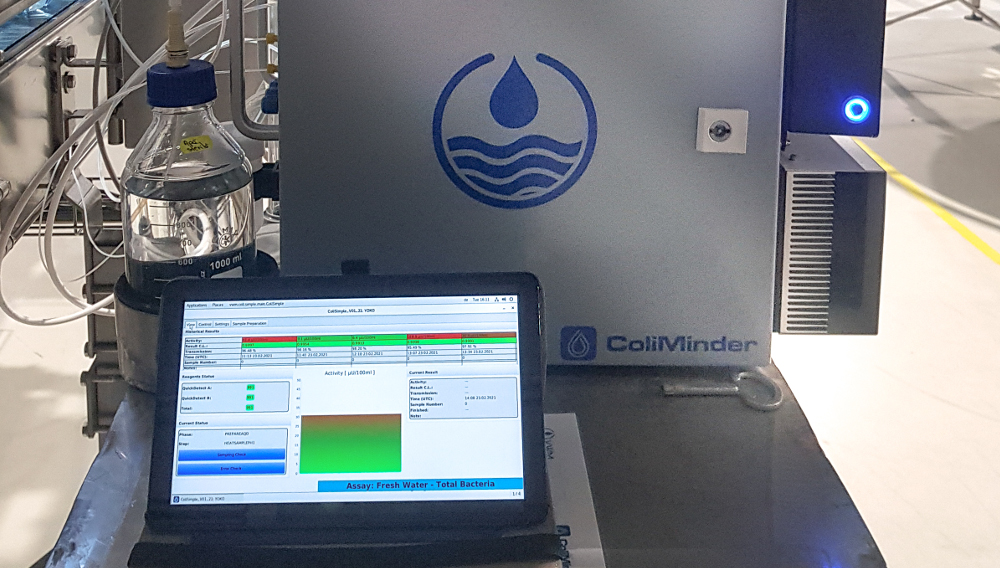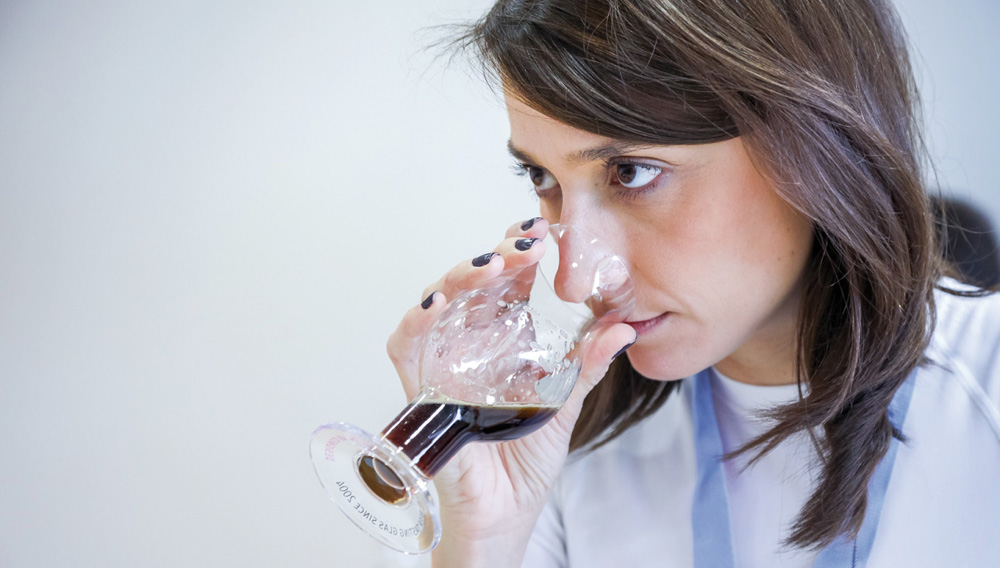
Cleaning results validated | Spray shadow tests are a useful and proven tool for validation of automatic cleaning systems. This holds true for new installations, changes to existing systems and regular revision. Based on two industrial examples, the usefulness of two different spray shadow tests, both used at VLB, is illustrated.

Optimised cleaning | On-demand cleaning is today often seen as a vision for a new form of sanitation. But what’s behind this? How is the need for cleaning defined? Martin Löhrke, CEO of Jürgen Löhrke GmbH in Lübeck, Germany, takes a look at the options already in place to meet the requirements of individual cleaning operations.

Analysis methods | A beer is as good as its raw materials. Control using various analysis methods is required to ensure that malting barley and malt are of the highest quality. This article give an overview on how analysis developed from the first specifications of malt to up-to-date technical solutions.

Inline analysis | Spectroscopic methods offer the option of real-time analysis and, thus, optimisation of conventional methods of food processing. Chemical reactions triggered by thermal exposure can be tracked, based on the knowledge of reaction kinetics for quantification of thermal input. This has the potential for more product-specific process control, in this case in pasteurisation of apple juice.

Test results | Rapid and reliable detection of beer spoilers is still a frequently discussed topic in brewery microbiology that has not yet been resolved to-date. In the context of a bachelor thesis, a study for using the so-called impedance method was presented. Extracts of same are reported in this article.

Hop aging | When hops age, chemical changes occur that reduce their brewing value. As long as the hop cone is on the hop bine growing in the field, no oxidation happens. As soon as the hop plant is harvested, the clock starts ticking before hops are packaged. The enemies of hops are high storage temperatures and time, as well as whether they are stored in oxidative or non-oxidative conditions. In this first part of an article series we discuss what this means for the brewer, introduce the Hop Storage Index and talk about the economic implications of hop aging.

Withering and kilning | Depending on processes and equipment, not every malt grain experiences the same conditions during malting. Measurable differences in malt quality between the various floor layers are thus inevitable. This study investigates the extent to which these inhomogeneities also have repercussions for gelatinisation temperature of the resulting malt.

Real-time monitoring | From Austria comes an interesting new technology that will permanently change the water treatment processes in the beverage industry and make them more efficient: the ColiMinder, an on-line instrument for fully automatic monitoring of microbiological water quality in the beverage industry.

Standardization | Quality and product safety are at the heart of the core demands of consumers. For this reason, most breweries have developed and now routinely implement comprehensive quality assurance measures as an essential part of their product analysis. Today, breweries document the product quality attained by applying these measures in detail through meeting predetermined specifications and issuing certificates of analysis, the continuity of which are reliably checked on a regular basis using standard procedures. Among the tools available to breweries is sensory analysis, a field that is becoming increasingly important in this context.

Beer ageing | During the malting process, malt modification is influenced by targeted adjustment of germination parameters (technological factors). The level of precursors in the malt, formed during malting, makes a significant contribution to beer ageing. This article describes, in particular, the precursor potential, formed from non-enzymatic degradation of polysaccharides.

Brewery hygiene | If we look back on 50 years of brewing microbiology, we gain a number of extremely interesting insights. Can we draw a positive conclusion here or are there also negative aspects that have to be taken into account?



